

E-book published in 2012 by Encyclopdia Britannica, Inc., in association with Arcturus
Publishing Limited, 26/27 Bickels Yard, 151-153 Bermondsey Street, London SE1 3HA.
Britannica, Encyclopdia Britannica, and the Thistle logo are registered trademarks of
Encyclopdia Britannica, Inc.
ISBN 978-1-61535-660-7 (e-book)
This edition first published in 2010 by Arcturus Publishing
Distributed by Black Rabbit Books
P.O. Box 3263
Mankato
Minnesota MN 56002
Copyright 2010 Arcturus Publishing Limited
The right of Patience Coster to be identified as the author of this work has been asserted
by her in accordance with the Copyright, Designs, and Patents Act 1988.
All rights reserved.
Series concept: Discovery Books Ltd.
www.discoverybooks.net
Managing editor for Discovery Books: Rachel Tisdale
Editors: Amy Bauman and Juliet Mozley
Designer: D. R. ink
Consultant: Xanthe Fry, School Counselor and Educational Consultant
Illustrator: Keith Williams
Picture researcher: Rachel Tisdale
Library of Congress Cataloging-in-Publication Data
Coster, Patience.
Smoking / Patience Coster.
p. cm. -- (Teen FAQ)
Includes index.
1. Smoking--Juvenile literature. I. Title.
HV5740.C67 2010
613.85--dc22
2010012717
Picture credits
Corbis: 9 (Katja Ruge), 18 (Collection CNRI/MedNet), 28 (Patrick Sheandell
OCarroll/PhotoAlto), 32 (Edward Rozzo), 34 (Schlegelmilch), 41 (Michael Keller).
Discovery Photo Library: 17, 23 (Chris Fairclough). Getty Images: 8 (Peter Poulides), 11
(James Devaney), 15 (Marissa Roth/Time Life Pictures), 22 (Barry Brecheisen), 31 (D
Bryon Darby), 33 (Carsten Koall), 35 (Mario Tama). Istockphoto.com: cover, 16, 26
(Baris Simsek), 27 (Alex Brosa), 30, 36 (Beti Gorse). Science Photo Library: 21 (AJ
Photo), 24 (Zephr), 40 (Jim Varney). Shutterstock: 6 (LianeM), 7 (Emin Ozkan), 12 (Yuri
Arcurs), 13, 19 (Diego Cervo), 25 (Oscar C Williams), 37 (Jason Stitt), 38, 39 top, 39
bottom (Marcin Balcerzak), 42 (Monkey Business Images), 43 (Paul Paladin).
Every attempt has been made to clear copyright. Should there be any inadvertent
omission, please apply to the copyright holder for rectification.
SL001461US
Supplier 03, Date 0510
Contents
1
About smoking
People have smoked tobacco since ancient times, either for enjoyment or as a way of socializing. Tobacco products are made from the dried leaves of the tobacco plant, which grows in warm parts of the world. Today, tobacco is available in a variety of forms, including cigarettes, cigars, cigarillos (small, narrow cigars), rolling tobacco (for people who want to make their own cigarettes from loose tobacco and cigarette papers), pipe tobacco, and bidis (made from tobacco rolled in a tendu leaf, particularly popular in parts of Asia).

Tobacco grows in warm countries. It is usually harvested by machine and then stored so that it dries out gradually. This improves the flavor.
In the developed world, cigarettes are the most commonly smoked tobacco product. The most well-known constituents of cigarettes are tar, a brown, sticky liquid, and nicotine, a drug. Tar builds up in the smokers lungs, forming a sticky mass. Nicotine is highly addictive, which means the smoker wants to continue smoking and finds it very difficult to give up the habit.
There are more than 4,000 chemicals in cigarette smoke, many of them damaging to our bodies and known to cause cancer. As well as tar and nicotine, cigarettes contain benzene, formaldehyde, ammonia, acetone, carbon monoxide, arsenic, hydrogen cyanide, and polonium 210. A link between smoking tobacco and lung cancer was discovered in Germany in the 1920s. Now it is evident that smoking causes other forms of cancer, too.
If smoking is so dangerous, then why do people do it? One reason is that during the early stages, smoking releases dopamine and endorphins in the smokers body. These substances are associated with feelings of pleasure and reward.

Roll-your-own cigarettes are popular because they are generally cheaper than the ready-made variety.
What often starts out as an act of independence may rapidly become an addictive dependence on tobacco. The younger people start smoking cigarettes, the more likely they are to become strongly addicted to nicotine.
World Health Organization
 WHAT IS NICOTINE?
WHAT IS NICOTINE?
Nicotine is an alkaloid found in the nightshade family of plants (Solanaceae), predominantly in tobacco and coca. It was used as an insecticide in the past, and nicotine derivatives continue to be widely used in this way. In low concentrations (an average cigarette yields about 1 mg of absorbed nicotine), it acts as a stimulant and is largely responsible for the addictive properties of smoking.
Smokingdont start!
The best way to avoid becoming addicted to cigarettes is not to start smoking them in the first place. Children and teenagers make up the majority of new smokers. Nearly half of all smokers under the age of 30 started smoking by the age of 15. As a rule, people who have not tried smoking in their teens never come to it in their adult years. Children are also more likely to become smokers if their parents or friends smoke.
A GLAMOROUS HABIT?
Research by Dartmouth Medical School and Norris Cotton Cancer Center has shown that one-third of American teenagers start smoking because they are influenced by watching actors smoke in movies. One of the research leaders, Dr. James Sargent, said: We found that as the amount of exposure to smoking in movies increased, the rate of smoking also increased.
A half century of aggressive promotion and sophisticated advertising that featured alluring role models from theater, film, and sport has invested the cigarette with an enticing imagery imagery which captivates and seduces a growing youngster. The youngster, indispensable for being recruited into the future army of smokers, does not start to smoke cigarettes for the nicotine, but for the false promises they hold. Hence, deceit is in a cigarette.
K. H. Ginzel, Professor of Pharmacology and Toxicology, the University of Arkansas, Arkansas

Statistics show that children whose parents smoke are twice as likely to smoke as children of nonsmokers.
Today, the dangers of tobacco and smoking cigarettes are well known. Smoking is a major risk factor for strokes, heart attacks, breathing problems (including emphysema), lung cancer, and cancers of the mouth, throat, and pancreas (see pages 2223). If women smoke while they are pregnant, they run a higher risk of
Next page







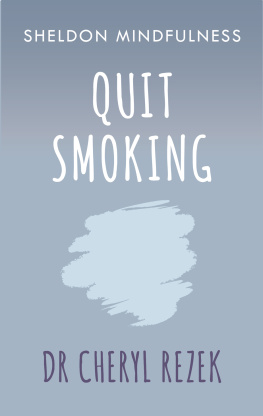
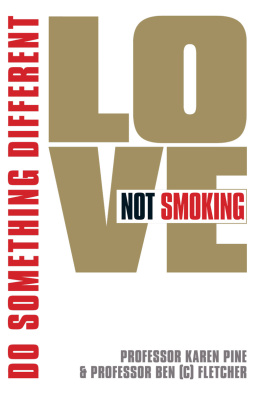

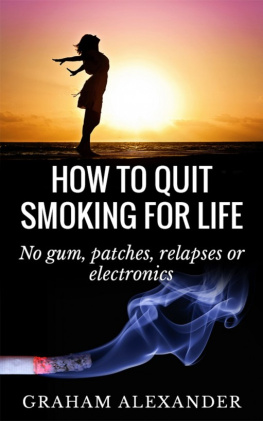


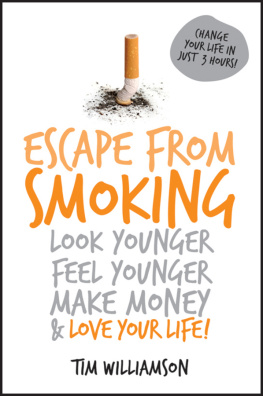
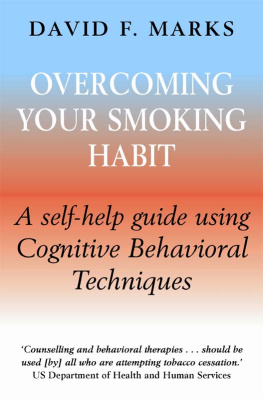

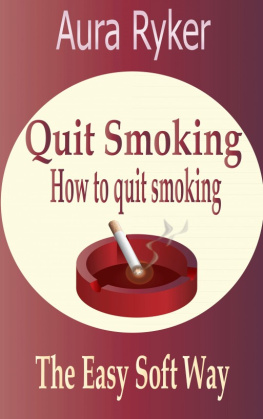
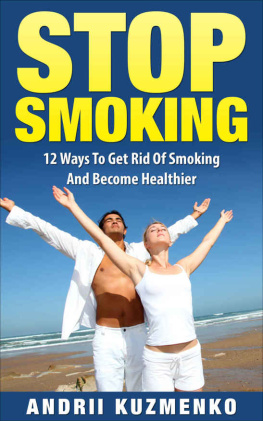
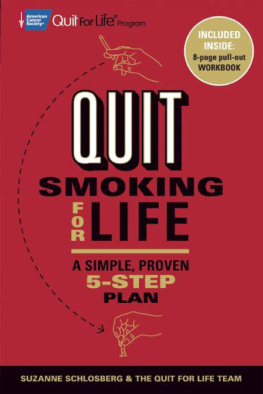




 WHAT IS NICOTINE?
WHAT IS NICOTINE?